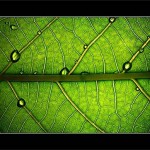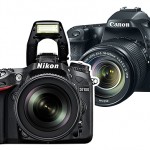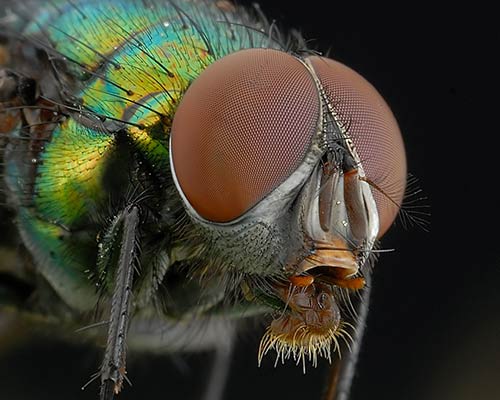
In a strict sense, macro means that the subject being photographed is projected onto the image sensor at a lifesize scale, or 1:1 (one to one) magnification. Macro photography is close-up photography of usually very small objects. The classical definition is that the image projected on the “film plane” (i.e., film or a digital sensor) is close to the same size as the subject. Here are photo tutor that explains the various types of equipment you can use to take macro photos.
MACRO or MICRO LENS
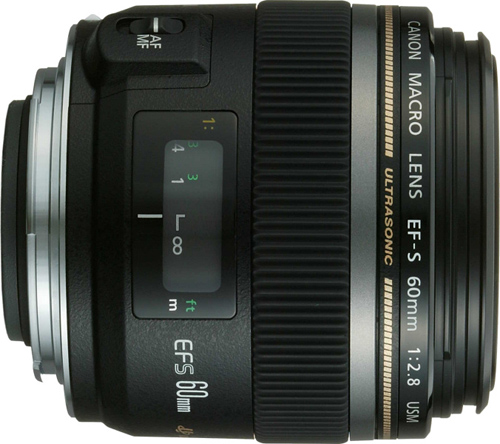
Using a lens specifically designed for close work and with a long barrel for close focusing, called a macro lens. Some manufacturers call it a micro, which might actually be scientifically more accurate, but can be confusing, since it goes against the established convention. Life gets more interesting when you get closer to the subject and get closer to the 1:1 image size. A macro lens has a fixed focal length and can produce 1:1 images in addition to focusing out to infinity. This means that you can take super close-up photos of a flower or bug, then refocus and take a landscape or portrait photo without having to switch lenses or remove special macro equipment. They come in a variety of focal lengths, with higher focal lengths giving you a greater working distance from your subjects.
REVERSING RINGS
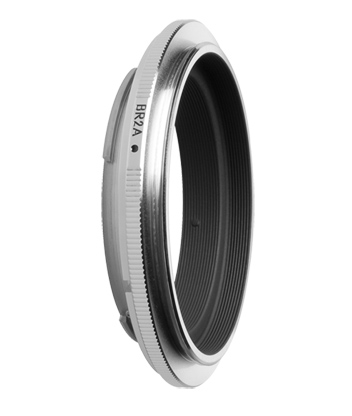
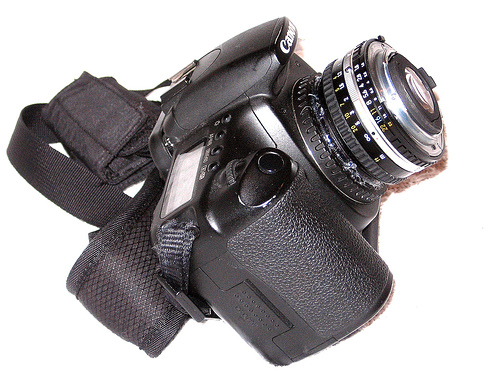
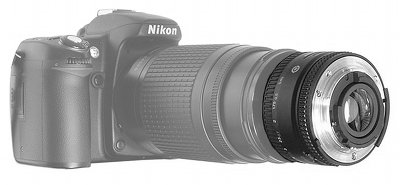
A reversing ring is similar to a step-up or step-down ring, but it has male filter threads on both sides. This allows you to attach one lens in reverse to another lens. The macro lens reversing ring is the cheapest way for macro. With this reverse mount technique, you are no longer limited to having a single lens on your camera. A technique called “lens stacking” is popular in some circles where a lens like the 50mm is reverse mounted on the end of a zoom lens. The most common setup with reversing rings include a 50mm f/1.4 or f/1.2 prime lens attached in reverse to either a 100mm dedicated macro lens or a standard telephoto over 200mm in focal length. The reversed lens needs to have a large maximum aperture and the other lens must have a long focal length so vignetting doesn’t occur.
EXTENSION TUBES AND BELLOWS
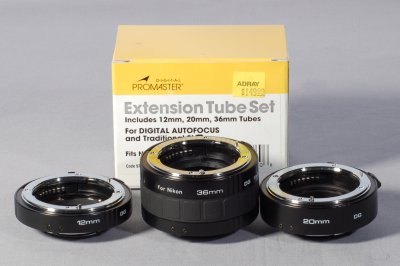
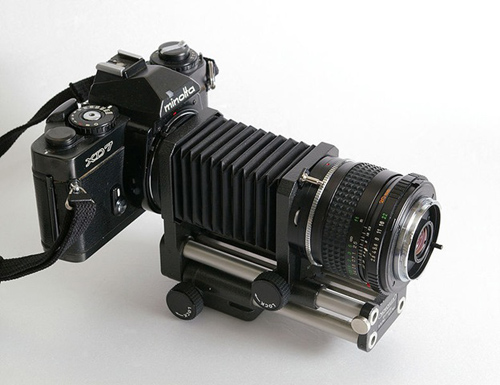
Extending the distance between the lens and the film or sensor by inserting either extension tubes or a continuously adjustable bellows, with no optical components between the camera body and the lens (A bellows is simply an adjustable extension tube that costs a lot more). This means that you can get closer to your subject, thus giving you more magnification. The longer the extension tube, the closer you can focus. The downside to using one or more of these tubes is that you lose the ability to focus out to infinity, so bellows or tubes must be removed for normal working at longer distances. The light intensity reaching the sensor also decreases as the lens is moved away, so you’ll end up with a slower lens.
CLOSE-UP LENSES/FILTERS
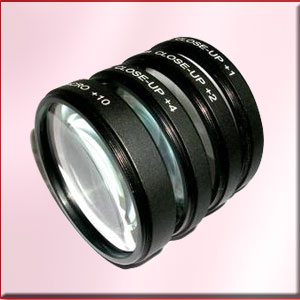
A close-up lens, or close-up filter, is basically a magnifying glass that attaches to the front of your camera lens. Close up filters have ranging powers allowing you to get in close to varying extents. A number 4 filter allows you to get in closer than a number 2 filter does. A number 2 filter allows you to get in closer than a number 1 filter. So the higher the number, the more power a filter has to getting you closer to your subject while still maintaining focus. You can also screw multiple close up lens filters to get you even closer to your subject. So if you screw a number 4 and a number 2 close up filters, you’ll end up with a number 6 filter that would allow you to move in even closer
MACRO RING FLASH
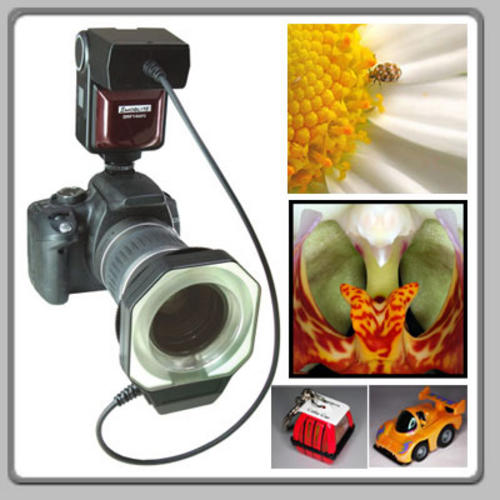
A ring flash, invented by Lester A. Dine in 1952, originally for use in dental photography, is a circular photographic flash that fits around the lens, especially for use in macro (or close-up) photography. Macro ring flash usually consists of two parts: a shoe-mount unit mounted on a hot shoe, and a circular flash unit mounted on the front of a lens. Power is supplied by batteries in the shoe-mount unit, and a cord relays the power and control signals to the circular flash unit.
NOTE
There is one thing you need to keep in mind though. In macro photography the closer you go in, the shallower your depth of field is going to be. So you might not want to go in too close, otherwise you wouldn’t be able to capture a sharp well focused photo of your subject.
Video Tutorial by Rob Barron on YouTube
Buy Macro Photography Equipment at Amazon:

